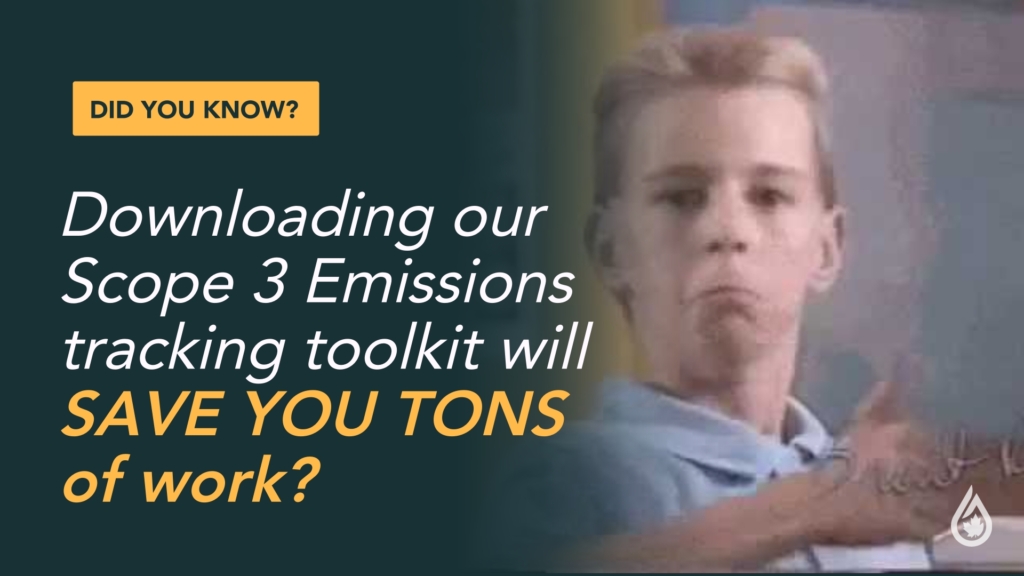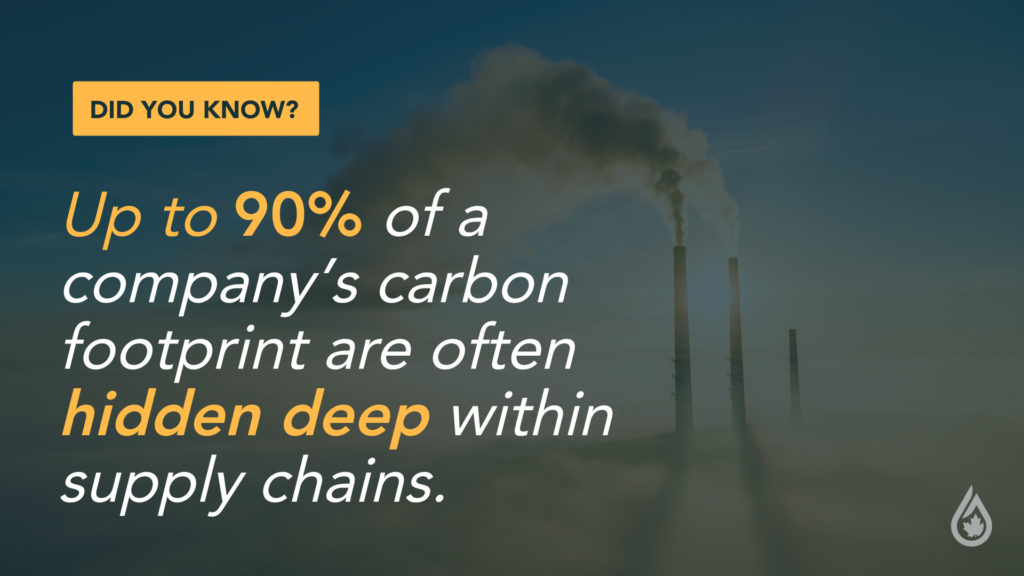Scope 3 Disclosure Rules: A New Era in Corporate Sustainability
The world of corporate sustainability is changing fast, and at the heart of this evolution lies the increasing focus on Scope 3 disclosure rules. As regulatory frameworks like the EU’s Corporate Sustainability Reporting Directive (CSRD) and California’s Senate Bill 253 take shape, companies are now required to provide greater transparency around their indirect emissions. For executives and sustainability leaders, understanding these new rules is critical – not just to comply with regulations but to unlock opportunities for competitive advantage.
Why Scope 3 Disclosure Rules Matter
Scope 3 emissions, often referred to as the most challenging emissions to measure, cover the entire value chain. From suppliers’ operations to consumers’ use of products, these emissions often represent the largest share of a company’s carbon footprint. Historically, businesses have focused on Scope 1 (direct emissions) and Scope 2 (indirect emissions from purchased energy). However, the focus is now shifting to Scope 3 because of its vast potential to drive systemic change in reducing global emissions.

The Impact of Scope 3 on Large Companies
Scope 3 disclosure rules, such as those outlined by the CSRD and Senate Bill 253, impose stringent requirements on large companies. These frameworks require organizations to:
- Quantify Scope 3 emissions across the value chain using standardized methodologies.
- Report these emissions transparently and consistently in sustainability reports.
- Set measurable targets for reduction and disclose progress.
Failing to address these rules could lead to reputational damage, financial penalties, and loss of investor confidence. On the other hand, success means more than compliance – it positions your company as a sustainability leader, fosters stakeholder trust, and opens the door to new business opportunities.
Key Challenges in Navigating Scope 3 Disclosure Rules
While the benefits are clear, achieving success with Scope 3 disclosure is no small feat. Some of the major challenges include:
- Data Collection Complexity: Gathering reliable data from multiple suppliers and downstream partners can be daunting.
- Standardization Issues: With varied reporting standards, ensuring consistency and comparability is difficult.
- Resource Intensity: The process often demands significant time, expertise, and financial investment.
Scope 3 Disclosure Rules: Best Practices for Compliance
Overcoming these challenges requires a strategic approach. Here are actionable steps your organization can take:
1. Engage Your Value Chain
To effectively comply with Scope 3 disclosure rules, prioritize collaboration with suppliers and partners. Educate them about the importance of emissions data and incentivize sustainable practices across your value chain.
Don’t know how to approach your suppliers? Don’t sweat it! We have an entire toolkit with a detailed guide of what to say, and when making engaging your suppliers a breeze!!
2. Leverage Technology and Tools
Utilize advanced data analytics tools and carbon accounting software to streamline data collection and reporting. Many tools also offer predictive modeling to assess the impact of various reduction strategies.
3. Adopt Standard Frameworks
Align your reporting practices with established frameworks like the Greenhouse Gas Protocol or Science-Based Targets initiative (SBTi). These provide consistency and credibility in meeting Scope 3 disclosure requirements.
4. Set Realistic Targets
Develop clear, measurable reduction goals for Scope 3 emissions. These targets should be ambitious yet attainable, and their progress should be communicated transparently to stakeholders.
5. Train Your Teams
Build internal capacity by training employees in sustainability reporting and carbon accounting. Empowering your teams with knowledge ensures smoother compliance and innovation in reducing emissions.
How Proactive Disclosure Drives Competitive Advantage
Companies that excel in Scope 3 disclosure don’t just avoid penalties – they thrive. Proactive disclosure builds trust among investors, customers, and regulators, making your business more attractive to stakeholders. Here’s how:
- Enhanced Reputation: Demonstrating leadership in sustainability boosts your brand image.
- Cost Savings: Identifying inefficiencies in the value chain often leads to cost reductions.
- Access to Capital: Sustainability-focused investors increasingly prioritize companies with robust carbon management strategies.
Moreover, these advantages position your company as a preferred partner for other businesses aiming to reduce their Scope 3 emissions, creating a ripple effect of positive change.
The Success Path: Key Takeaways for Executives
To ensure your organization not only complies with Scope 3 disclosure rules but excels, focus on the following:
- Develop a Comprehensive Emissions Strategy: Treat Scope 3 disclosure as part of a broader sustainability initiative rather than an isolated compliance exercise.
- Build Stakeholder Trust: Transparent reporting and open communication foster trust, turning compliance into a competitive asset.
- Invest in Innovation: Explore new technologies and partnerships to reduce emissions more effectively.
By adopting these practices, you can navigate Scope 3 disclosure rules successfully, demonstrating leadership and securing long-term growth.
Avoiding Failure: The Risks of Non-Compliance
Ignoring Scope 3 disclosure rules is not an option. Non-compliance could result in:
- Regulatory Penalties: Financial and legal consequences from non-adherence to laws like the CSRD or Senate Bill 253.
- Eroded Stakeholder Trust: Damage to your brand’s reputation and relationships with investors, customers, and employees.
- Missed Opportunities: Falling behind competitors who leverage proactive sustainability practices to innovate and expand.
Final Thoughts on Scope 3 Disclosure Rules
Scope 3 disclosure rules are reshaping the corporate landscape, pushing companies to rethink their approach to sustainability. While these regulations present challenges, they also offer a pathway to becoming a market leader. By aligning your strategy with the actionable steps outlined here, your organization can turn compliance into an opportunity for growth and impact.
The decisions you make today will define not only your company’s success but also its contribution to a sustainable future. Embrace the change, lead with transparency, and transform Scope 3 disclosure rules into your competitive advantage.
















